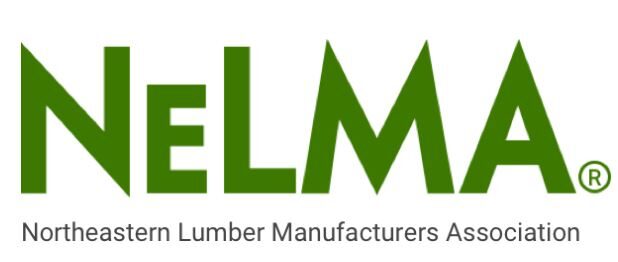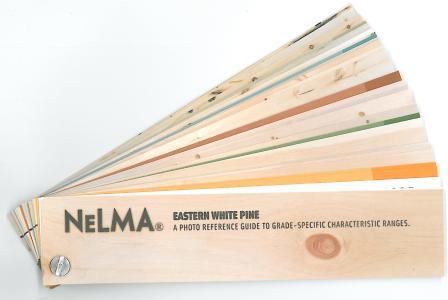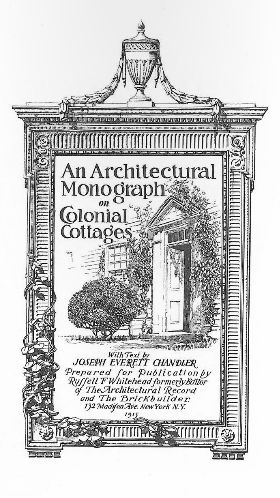The rustic look of timber frame is making a big comeback, with a new report forecasting a 60% increase in sales volume and an 80% increase in value. Timber frame architecture uses heavy, rough-hewn timbers rather than dimensional lumber as both a structural and aesthetic frame of a building. Commonplace in wooden buildings of the 19th century and earlier, timber framing brings the natural look of whole trees into interior spaces.
The biggest growth in timber frame sales is expected to come in the residential sector, but demand is expanding in other types of buildings as well. Timber is recognized as the least carbon-intensive building material, making it an ideal choice for structures that strive for sustainable certification. The report, by MTW Research, is based on financial data from 80% of the timber frame industry.
Eastern White Pine is a common material used for timber frame construction, both for the timbers themselves and for complementary planks and siding. See a beautiful example of this look at a lakeside North Carolina residence. Timber frames are also common in traditional English architecture, as seen above. It’s set off beautifully by plaster, natural building materials like cob, and drywall for a crisper, more modern effect.
Take a tour of a timber frame home made of Eastern White Pine in this video.
Photo: ell brown



